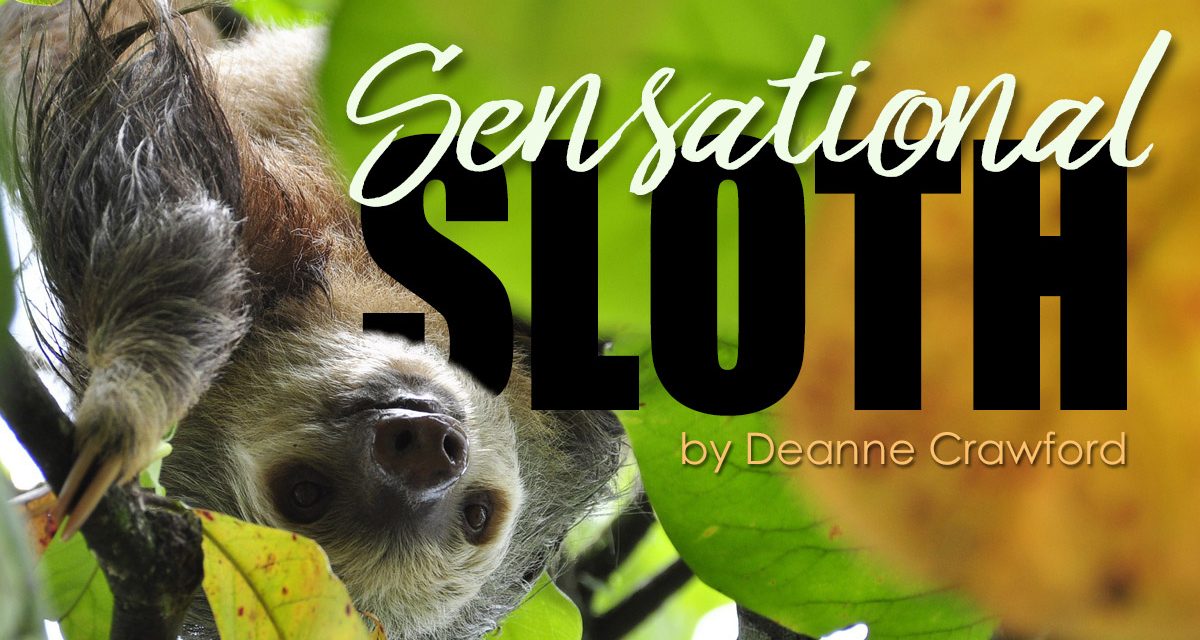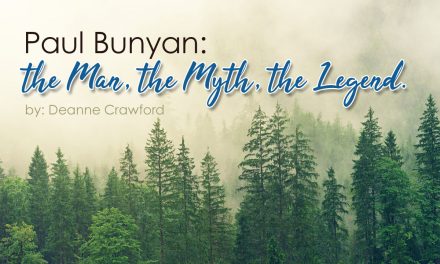What makes the sloth so sensational? Is it simply the slower pace of life he takes or is it the adorable image we have of a sloth dangling from a tree limb? If we’re honest, I think we all find something fascinating and compelling about this tropical mammal. Whether setting aside time to learn more, or enjoying a slow paced, slothful kind-of-day, unite your family in celebration of International Sloth Day on October 20th!
There are six types of sloth, which are divided into groups based on how many toes they have: Two Toes or Three Toes—although this is not totally accurate. Both groups have three toes, but the “two-toed” sloth has two fingers. The two-toe and three-toe sloths have things in common, but also many differences. Hanging upside down for hours at a time is something they share. Eating, sleeping, mating, and even giving birth are upside down activities for the sloth! Interestingly, the three-toed sloth is awake during the day, while the two-toed sloth is awake at night. Another difference is the number of neck vertebrae (or bones). The two-toed sloth has six vertebrae, and the three-toed sloth has eight or nine, which allows him to turn his head 270 degrees.
Sloths sleep anywhere from 15-18 hours in a 24-hour period and gather food slowly during their waking hours. Sleeping 15-18 hours daily is a shared trait between the two-toed and three-toed sloth. Have you ever wondered why sloths move slow and sleep so much? Have your children share thoughts. Ask them if they would like a sloth’s eating and sleeping habits. (Your teens may say yes!) Sloths have a slow metabolism which is why they appear lazy. Watch this SciShow Kids episode to learn about the sloth’s energy level and diet. Sloths are classed as herbivores and their (mostly) leaf diet is poor in nutrients and calories, meaning low energy and lots of sleep. Sloths also have an unusual muscle structure. Although their muscle mass is 25-30% less than other mammals, most of this muscle mass is found in their upper body. Ask your children why upper body strength is necessary for the sloth (tree hanging). Interestingly, sloths are 3x stronger than humans! This upper body strength gives them tremendous grip strength, which allows them to be protected from predators. This unusual muscle structure also prevents sloths from shivering, which saves energy. The three-toed sloth also does not sweat, but the two-toed sloth sweats only from the tip of his nose!
All sloths are considered tree-dwelling mammals and live in the tropical forests of South America and Central America. Have your children locate these on a map or globe. Sloths have long, shaggy, pale brown or gray hair, and for most sloths, algae grows in their hair. This creates a green tint, allowing them to blend in with trees and be protected from predators. On occasion, sloths need rescued, whether from land development or more commonly, due to an injury or being orphaned. Learn about a sloth orphanage and rescue center in Panama.
Hopefully this brief introduction inspires you to learn more! Sloth Facts for Kids and National Geographic Sloth are great resources. Or check out Sloth Conservation’s free preschool activity booklet, try your hand at 8 fun sloth crafts for kids, and enjoy a slower pace today in celebration of the amazing sloth! ~ Deanne
Sensational Sloth Themed Products:
- Sloth Taggies Crinkle Me Baby Toy
- Sloth Zipperbite
- Sloth Popper
- Sloths DK Readers (Level 2) • Grade K-3
- Usborne Beginners Sloths • Grade 1-3
- Jotters Mini Notebooks Sloths (Set of 3)
- My First Stitch Mini Kit Sloth • Grade 3-AD
- My First Sewing Doll Sloth • Grade 1-6
- Sew Cute Felt Keychain Kit Sloth • Grade 3-6
- Colorific Canvas Paint by Number Kit Happy Sloth • Grade 3-AD
- I Am Little Sloth 1000 pc puzzle • Grade K-AD
- Sloths 3-D Bookmark





